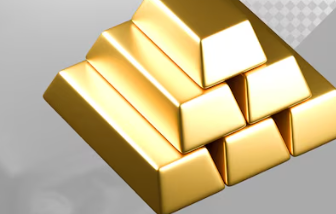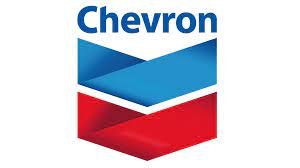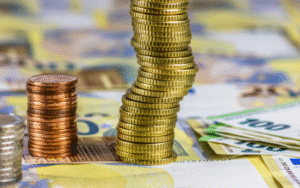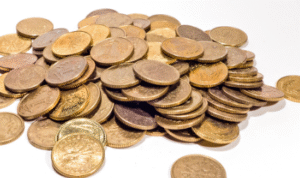$GLD $IAU $BTC
#Gold #Silver #PreciousMetals #Investing #Finance #TaxFree #Banking #GoldPrice #Crypto #Commodities #WealthManagement #MarketAnalysis
Tax-free trading of gold and silver has officially arrived in New Jersey as the state eliminates taxes on precious metals transactions. This move not only aligns NJ with other states that have adopted similar measures but is also being hailed by economists and market analysts as a significant step toward encouraging investment in safe-haven assets. Removing the sales tax on physical gold and silver reduces overall transaction costs and makes these assets more attractive to individual and institutional investors. Tax policy reforms like this can also signal a broader appreciation of the role precious metals play during times of economic uncertainty. Moreover, such legislative changes often lead to increased trading activity on ETFs like $GLD and $IAU, which track gold prices and could see enhanced demand from retail and institutional investors alike.
Amid this policy shift, major banks are turning increasingly bullish on gold, projecting it to hit $3,000 per ounce in the near term. This prediction comes as a response to growing market headwinds, including inflation, geopolitical tensions, and central banks diversifying their reserves away from the U.S. dollar. Gold is often considered a hedge against inflation and currency debasement, and the current macroeconomic environment seems poised to elevate its status as a safe haven. A surge to $3,000 would represent a substantial upward trajectory, attracting new investment capital into both physical gold markets and gold-mining stocks. Such a scenario could also create upward pressure on cryptocurrencies like $BTC, often viewed as “digital gold,” as investors seek hedges against fiat volatility.
Adding to the excitement is veteran analyst Alan Hibbard’s “explosive” 2025 prediction for gold markets, which appears to extend beyond the $3,000 target presented by current bank forecasts. While few details are released about Hibbard’s expectation, analysts speculate that a significant macro shift—like a drastic devaluation of fiat currencies or major central bank policy reversals—could be the catalyst. Precious metals often see demand spikes during periods of global economic stress or shifts in monetary policy, particularly when investors seek to preserve wealth in a tangible form. This could also lead to increased flows into related sectors like mining equities and ETFs, further igniting the commodity markets.
While gold and silver dominate headlines, the policy change in New Jersey serves as a case study on how state-level tax reforms can impact broader financial markets. By enhancing accessibility and reducing the logistical friction of investing in precious metals, NJ’s new tax-free status could spur additional adoption and even set a precedent for other states to follow. These structural shifts have the potential to ripple through financial markets, influencing prices in commodity ETFs and spurring trade volumes. Combined with bullish institutional forecasts and speculative sentiment for gold and silver, this landscape sets the stage for an energized commodity market in the years ahead. Use cases like this also serve as a reminder of the interconnectedness between traditional assets and emerging alternatives like cryptocurrencies. Investors are advised to stay attentive, as tax reforms and macroeconomic shifts reshape the investment landscape in real-time.











Comments are closed.